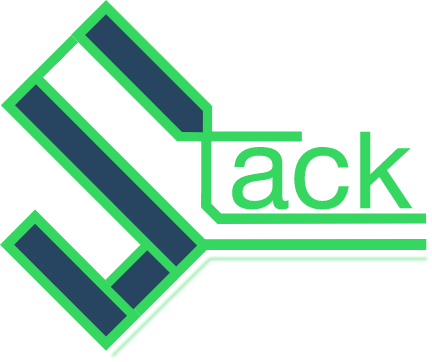
Automation continues to redefine industries, driving efficiency, reducing costs, and enabling innovation. As we move into 2025, the automation landscape is evolving with groundbreaking advancements. Here’s a closer look at the trends poised to shape the future.
1. Hyperautomation Gains Momentum
Hyperautomation, the integration of multiple technologies like AI, ML, RPA (Robotic Process Automation), and process mining, is no longer a buzzword—it’s becoming a standard practice. Organisations are leveraging hyper-automation to identify and automate complex business processes end-to-end, boosting efficiency and operational agility.
A Gartner report predicts that by 2025, adopting hyper-automation will reduce operational costs by 30% in organizations deploying it extensively (Gartner).
2. AI-Powered Decision-Making
AI and ML are transforming automation from a task-execution tool into a decision-making enabler. In 2025, we’ll see increased adoption of AI systems that provide real-time recommendations, optimize workflows, and support predictive analytics.
Example: AI-powered supply chain management systems are minimizing delays by predicting disruptions and suggesting corrective actions (McKinsey Insights).
3. Automation in Sustainability Initiatives
As ESG (Environmental, Social, and Governance) metrics take center stage, automation will play a pivotal role in sustainability. Smart systems will monitor energy usage, optimize resource allocation, and ensure compliance with environmental regulations.
For instance, automation in agriculture using IoT and AI is reducing water and fertilizer usage while boosting crop yields (WEF).
4. Generative AI in Creative Automation
Generative AI is reshaping industries requiring creative outputs, from marketing content to software development. By 2025, tools powered by generative AI will become indispensable for generating customer insights, drafting marketing campaigns, and even creating code prototypes.
Companies like Adobe and OpenAI are already spearheading this transformation with tools that enable creative automation (Forbes).
5. Industry-Specific Automation Solutions
In 2025, automation will become increasingly specialized. From healthcare to manufacturing, tailored automation solutions will address industry-specific pain points.
- Healthcare: Robotic surgical assistants and automated diagnostics systems.
- Manufacturing: AI-driven predictive maintenance and supply chain optimization.
- Banking: RPA for customer onboarding and fraud detection.
6. Human-Centric Automation
While automation has often been viewed as a job replacement tool, 2025 will highlight its potential to augment human capabilities. Tools that enhance collaboration, decision-making, and productivity will gain traction. For instance, collaborative robots (“cobots”) are expected to see a 20% CAGR growth by 2025, especially in manufacturing (Statista).
7. Edge Automation for Real-Time Processing
Edge computing combined with automation will drive faster and more localized decision-making. Applications in autonomous vehicles, real-time IoT monitoring, and smart cities will become increasingly prominent, with reduced latency and improved reliability.
8. Security Automation
With the rise of automation, cybersecurity threats targeting automated systems will grow. In 2025, organizations will prioritize automation in cybersecurity to detect and respond to threats faster. AI-powered security tools will provide real-time threat analysis and autonomous responses, mitigating risks effectively.
Preparing for the Future
The automation trends of 2025 are a testament to the technology’s transformative potential. While these advancements promise greater efficiency and innovation, they also call for a strategic approach to implementation.


 December 10, 2024
December 10, 2024  Read More
Read More